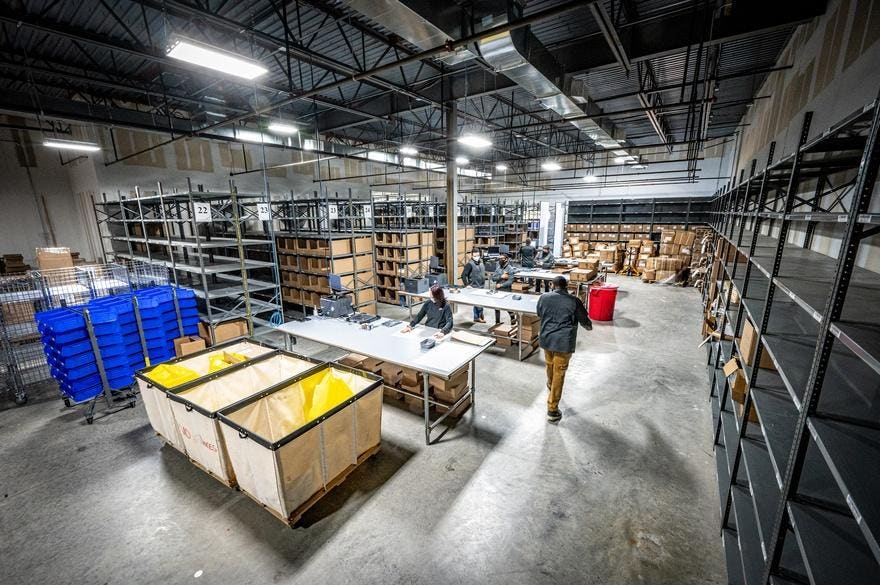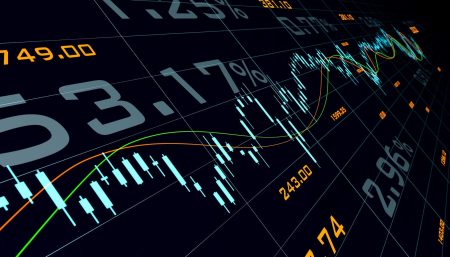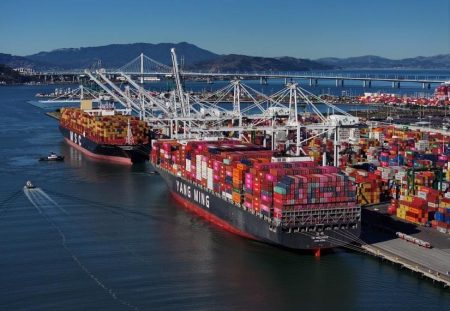The material handling and manufacturing sectors experienced a resurgence in January 2025, signaling a potential revival for the U.S. economy. The MHI Business Activity Index (MHI BAI), a real-time indicator of the material handling industry’s health, revealed expansions across several key metrics, including business activity, new orders, future new orders, shipments, and capacity utilization. This positive trend followed a period of relative weakness in December 2024, suggesting a renewed momentum in the sector. The Institute for Supply Management (ISM) manufacturing index further corroborated this positive outlook, reaching its highest point since September 2022 and exceeding the crucial 50-point threshold, which signifies expansion. This synchronized growth in both material handling and manufacturing activities offers promising prospects for the overall U.S. GDP in the first quarter of 2025.
A deeper dive into the MHI BAI data reveals that shipments, a consistent area of strength in recent years, continued their expansion in January 2025. The majority of respondents reported increased shipments, reinforcing the positive trend. New orders also registered growth, although their performance over the past two years has been more volatile, fluctuating between expansions and contractions. However, the most remarkable aspect of the January report was the strength of future new orders, with nearly all respondents anticipating higher order volumes in the coming year. This exceptionally high level of optimism, reflected in both the three-month and six-month averages, paints a promising picture for the material handling sector’s growth in the foreseeable future.
Contrastingly, unfilled orders and inventories presented a less optimistic picture. Unfilled orders remained flat in January, continuing a trend of persistent weakness observed over the past two years. Similarly, inventories experienced their 16th consecutive monthly contraction, indicating that companies are actively working through existing backlogs and reducing work-in-progress inventory levels. This pattern, while signifying efficient inventory management, also suggests a potential constraint on future growth should new orders surge significantly. The overall data suggests that businesses are currently focused on fulfilling existing orders and streamlining their inventories rather than accumulating large backlogs.
The positive momentum in the material handling and manufacturing industries is further bolstered by the anticipated decline in interest rates. Forecasts by Federal Reserve members suggest that interest rates are likely to continue their downward trajectory through the end of 2026. This easing of monetary policy is expected to stimulate both material handling and manufacturing activities, contributing to sustained economic growth in the coming years. The combination of strong industry performance, high expectations for future orders, and a favorable interest rate environment creates a positive outlook for these crucial sectors.
However, lurking beneath this optimistic outlook is the potential threat of escalating trade tensions and tariffs. While the current positive momentum offers encouraging prospects for U.S. manufacturing and material handling, the imposition of new tariffs, particularly against major trading partners, could significantly dampen this growth. The potential for trade disputes represents a considerable downside risk to the otherwise positive trajectory of these sectors. The extent of this impact will depend on the specific implementation, duration, and reciprocal nature of any potential tariffs. Nevertheless, as long as key trading partners continue to demonstrate efforts towards aligning with U.S. economic and national security objectives, the implementation of these tariffs might be deferred or even avoided altogether.
The recent performance of the U.S. manufacturing and material handling sectors represents a compelling narrative of resilience and growth potential. The positive trends observed in key indicators like the MHI BAI and the ISM manufacturing index, coupled with the anticipation of falling interest rates, create a favorable environment for continued expansion. However, navigating the complex landscape of international trade and the looming threat of tariffs will be crucial to realizing the full potential of these sectors. Maintaining a balance between fostering growth and mitigating external risks will be the key challenge for policymakers and industry stakeholders in the coming years. The positive indicators suggest a strong foundation for future growth, but vigilance and strategic decision-making will be essential to navigate the potential challenges and ensure sustained success in the manufacturing and material handling industries.










